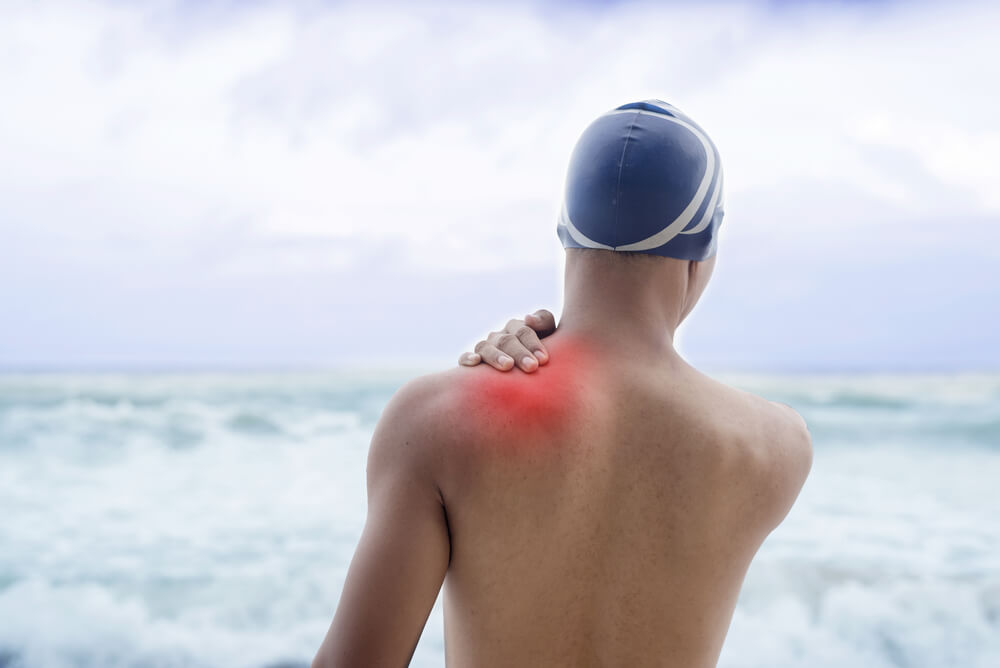Understanding the Nature of Swimming Injuries
Swimming, often regarded as a low-impact sport, is not without its share of risks. From overuse injuries to acute, traumatic ones, swimmers can face a variety of physical challenges.
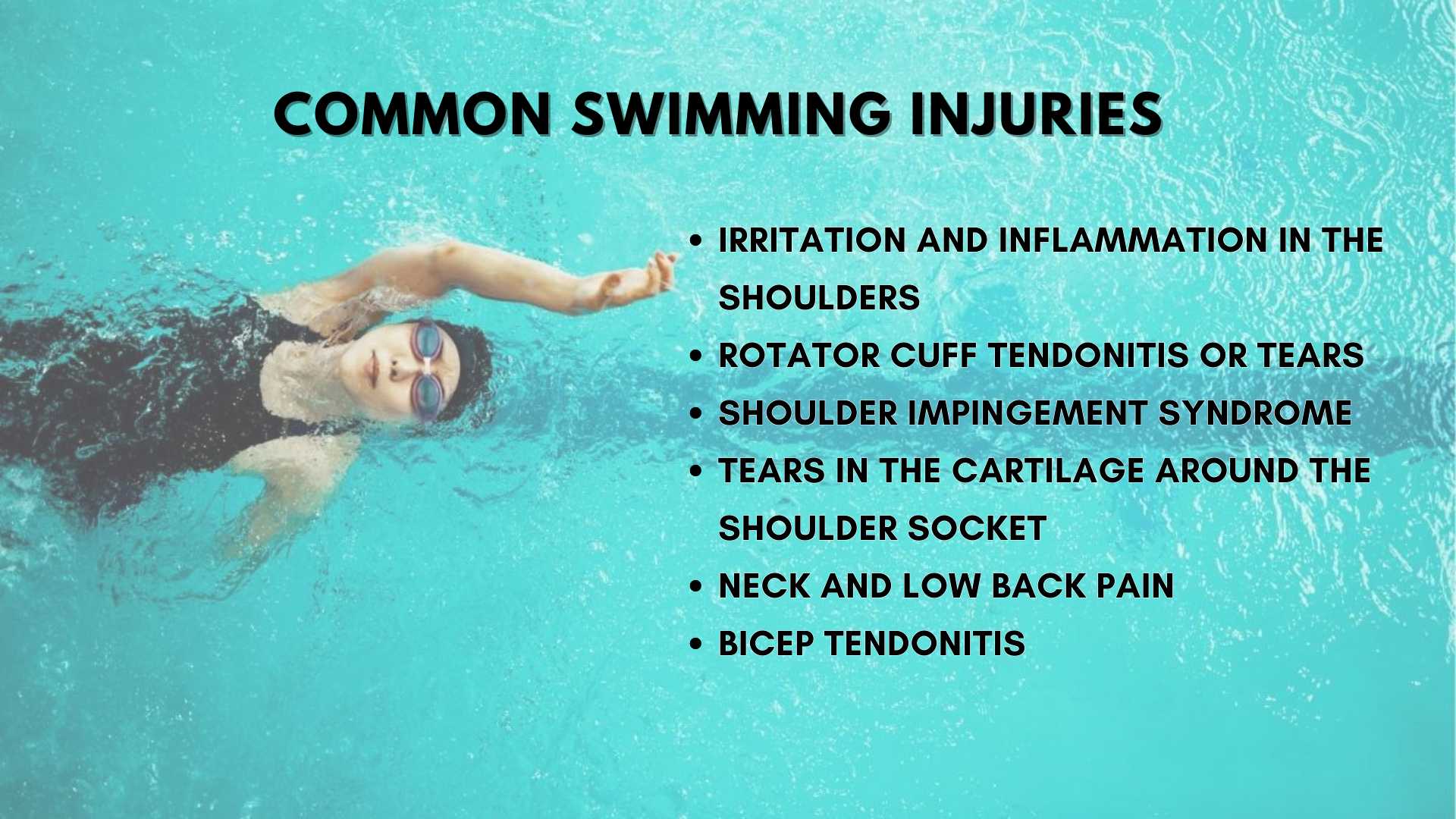
The Importance of Discussing Swimming Injuries
Understanding and discussing the potential for swimming injuries is paramount to prevention. Knowledge empowers swimmers to take proactive steps in reducing the risk of injury, such as proper warm-up, technique refinement, and regular rest periods.
Prevalence and Statistics Related to Swimming Injuries
According to a study published in the US National Library of Medicine, approximately 50% of competitive swimmers suffer from shoulder pain.
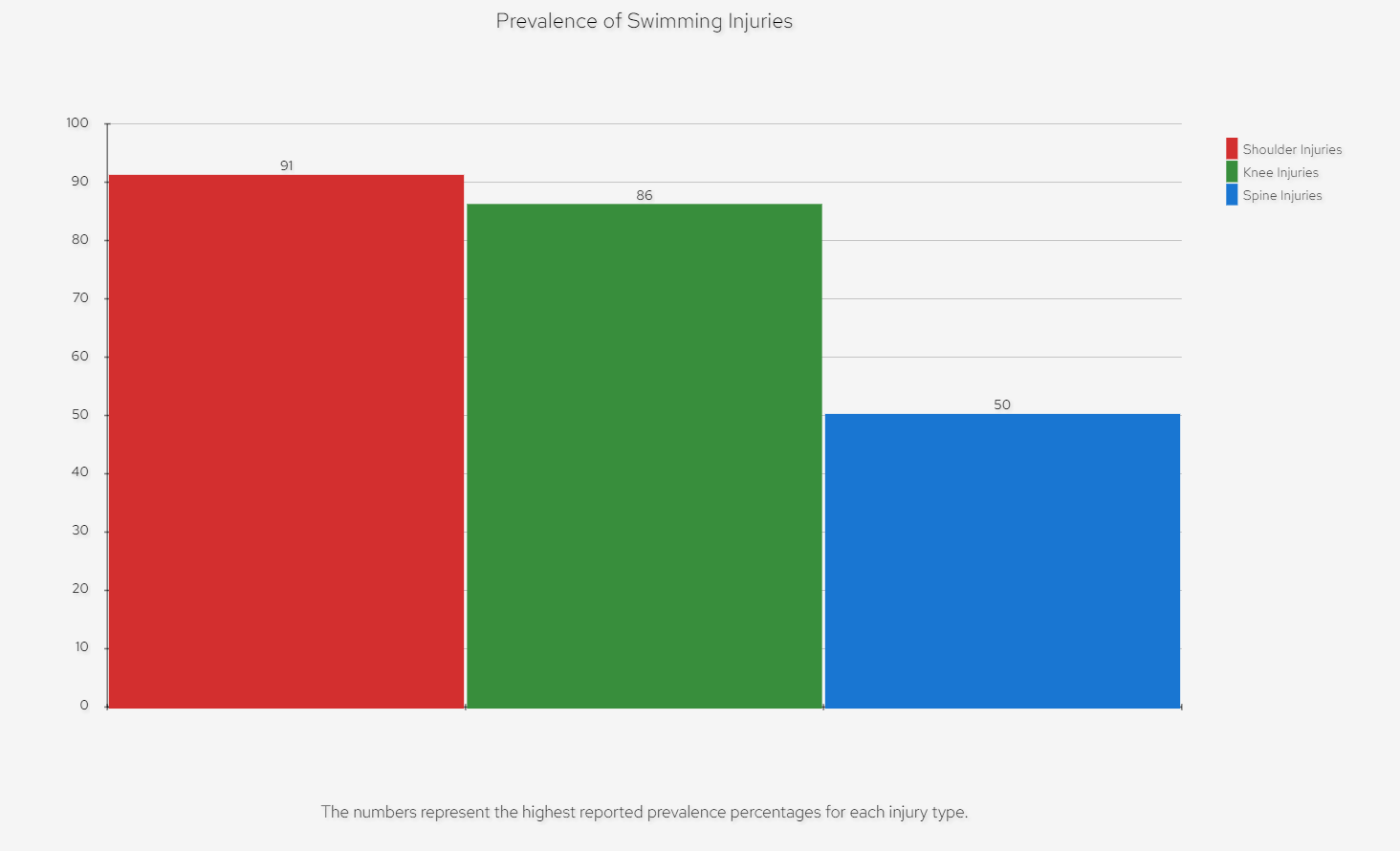
Common Types of Injuries in Swimmers
Swimming, a low-impact sport, is not without injury risks. Understanding common injuries can help swimmers prevent, recognize, and address them effectively.
- Shoulder injuries (Swimmer’s shoulder): This involves inflammation or micro-tears in the shoulder ligaments. Overuse and improper technique can lead to this condition, resulting in pain and limited mobility. The American Academy of Orthopaedic Surgeons provides detailed information on this injury.
- Knee injuries: Primarily seen in breaststroke swimmers, ‘breaststroker’s knee’ is caused by the whip-kick motion, causing stress on the inner knee ligaments. The Mayo Clinic offers advice on preventive measures.
- Spinal injuries: The hyperextension and rotation involved in swimming can lead to back injuries.
- Neck injuries: Swimmers can experience neck pain due to overuse or improper head positioning. Harvard Health offers suggestions on avoiding neck pain for swimmers.
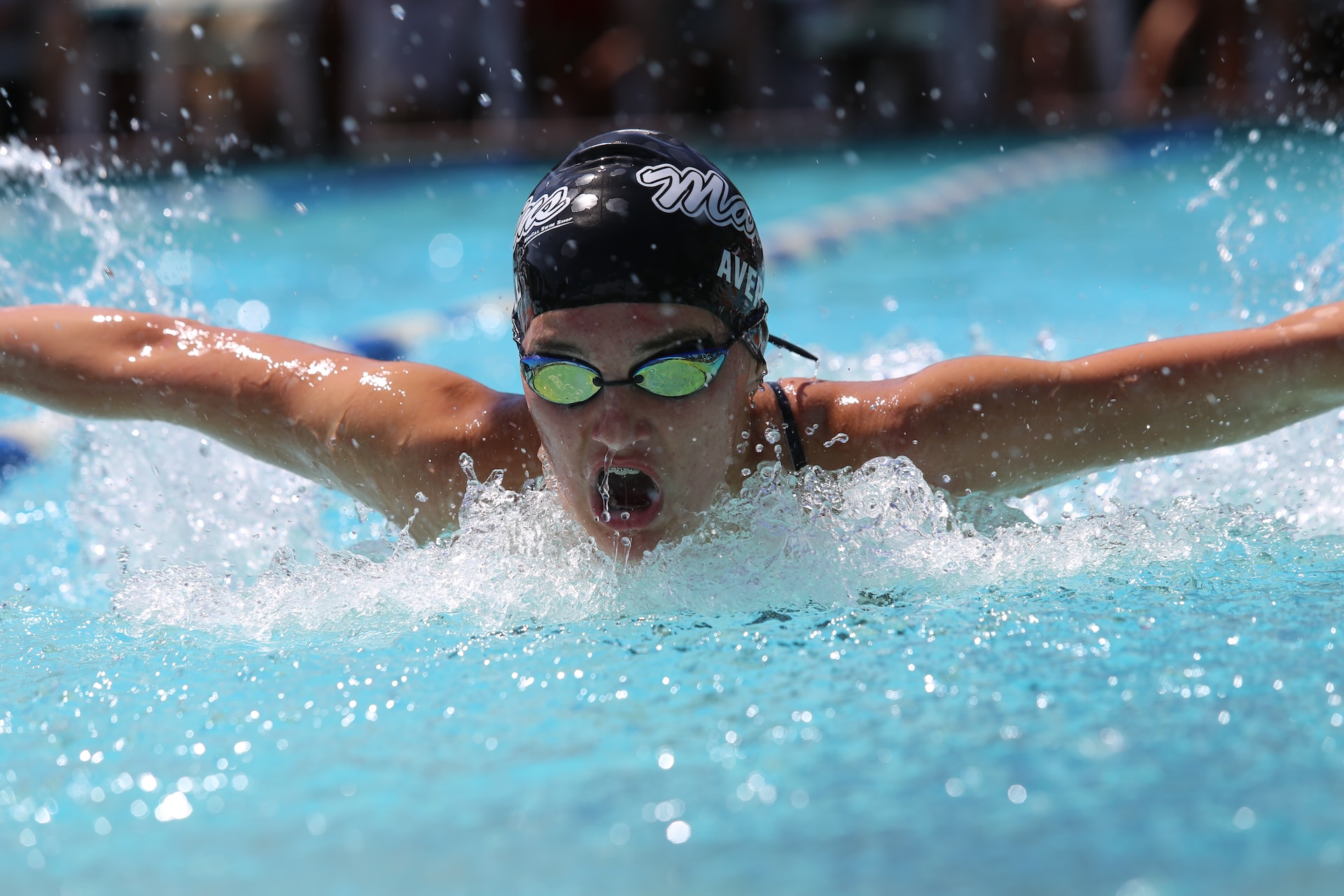
Understanding these injuries will help swimmers improve their technique, minimize injury risk, and promote overall physical health.
Causes of Swimming Injuries
Swimming, often considered a low-impact sport, is not without its risk of injuries. Understanding the main causes can help you avoid these setbacks and ensure a safe and effective swim.
Overuse and repetitive strain: Just like any other sport, swimming can lead to overuse injuries. This is often the result of excessive training without enough rest, leading to repetitive strain on the muscles and joints.
Incorrect technique or form: Without proper form, swimmers subject their bodies to unnecessary stress, increasing the risk of injury.
Insufficient warm-up and cool-down: Swimmers must adequately prepare their bodies before jumping into the pool and allow for recovery after. An adequate warm-up and cool-down can significantly reduce the risk of injuries.
Lack of rest and recovery time: Swimmers often underestimate the importance of rest and recovery. Overtraining can lead to fatigue, reducing the body’s ability to repair and recover, leading to injuries.
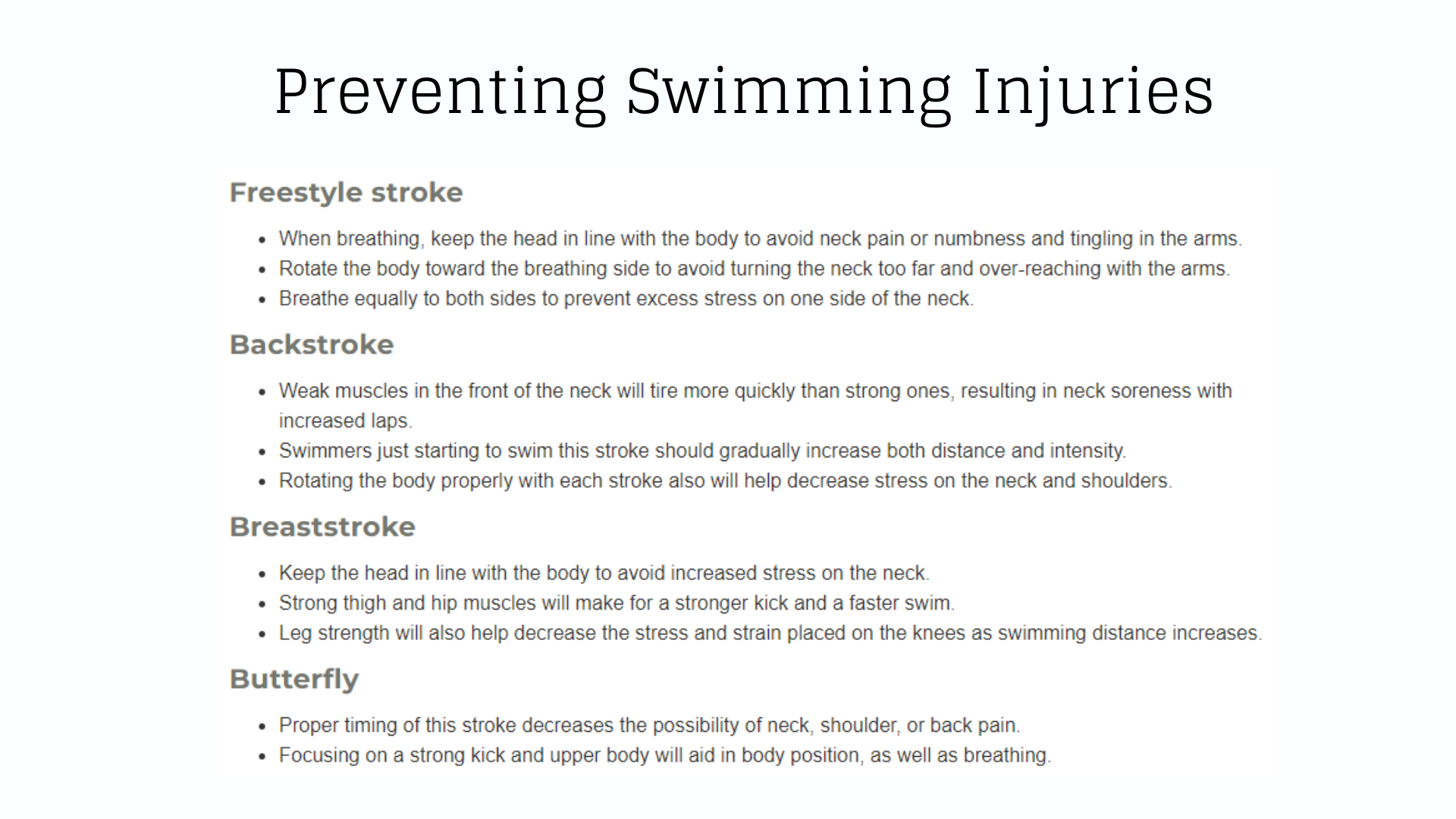
By understanding these causes and implementing preventative measures, swimmers can minimize the risk of injury and enhance their swimming performance.
Recognizing Swimming Injuries
Swimming, a low-impact exercise, isn’t devoid of potential injuries. Recognizing them early is crucial for swift recovery. Common swimming injuries often present as a persistent or sharp pain in the shoulders, knees, or lower back. Symptoms may include inflammation, weakness, or reduced range of motion. Additional signs are difficulty in performing regular swimming strokes and decreased swimming efficiency.
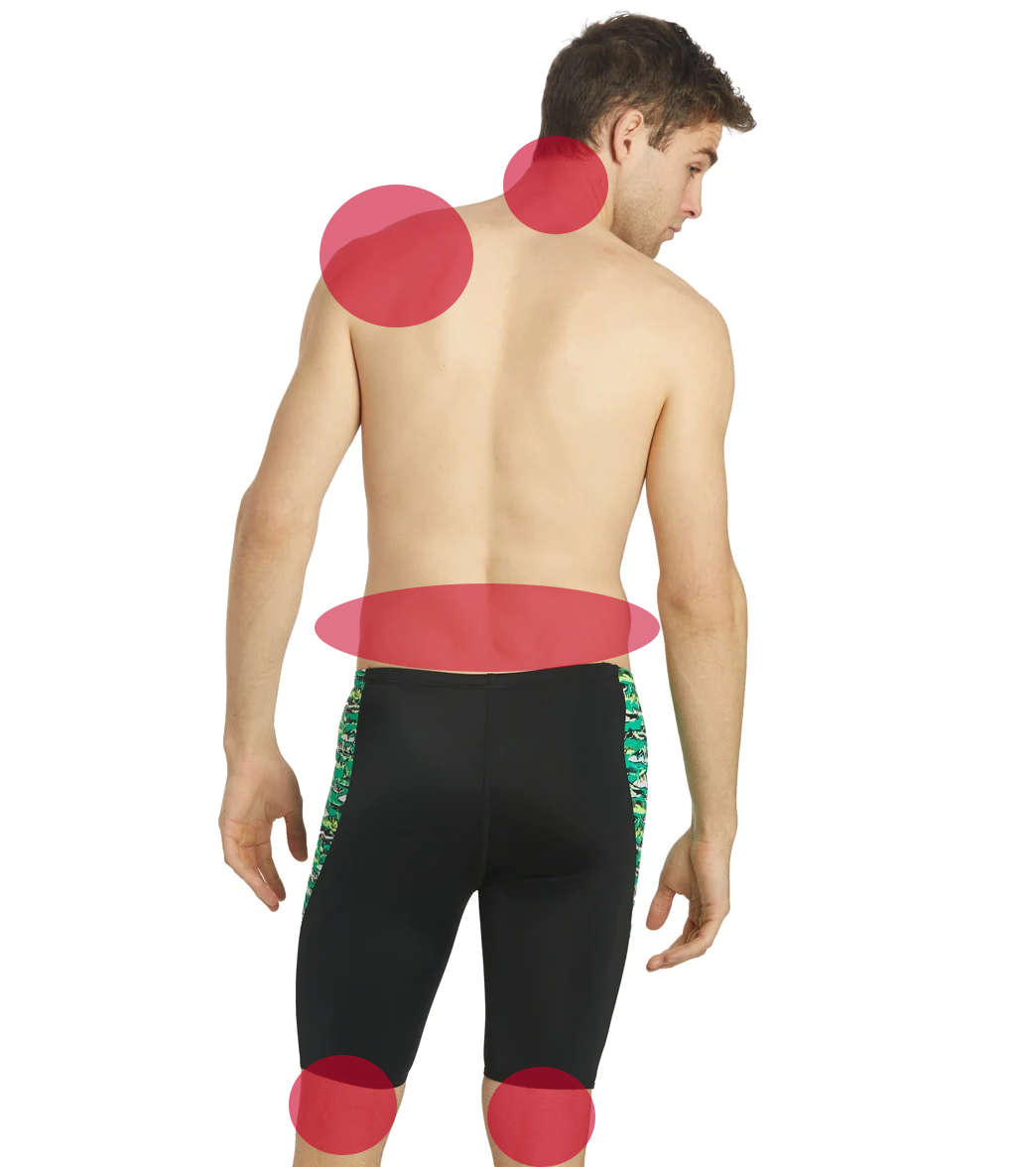
When to Seek Medical Attention
If symptoms persist for more than a few days, or if pain increases significantly, it’s time to consult a healthcare professional. Ignoring symptoms can lead to chronic injuries.
The Role of Self-Assessment and Body Awareness
Prevention is better than cure. Regular self-assessment and body awareness play a crucial role in injury prevention. Understanding your body’s signals helps recognize potential problems before they escalate. Regular stretching, warm-ups, and cool-downs can also prevent injuries.
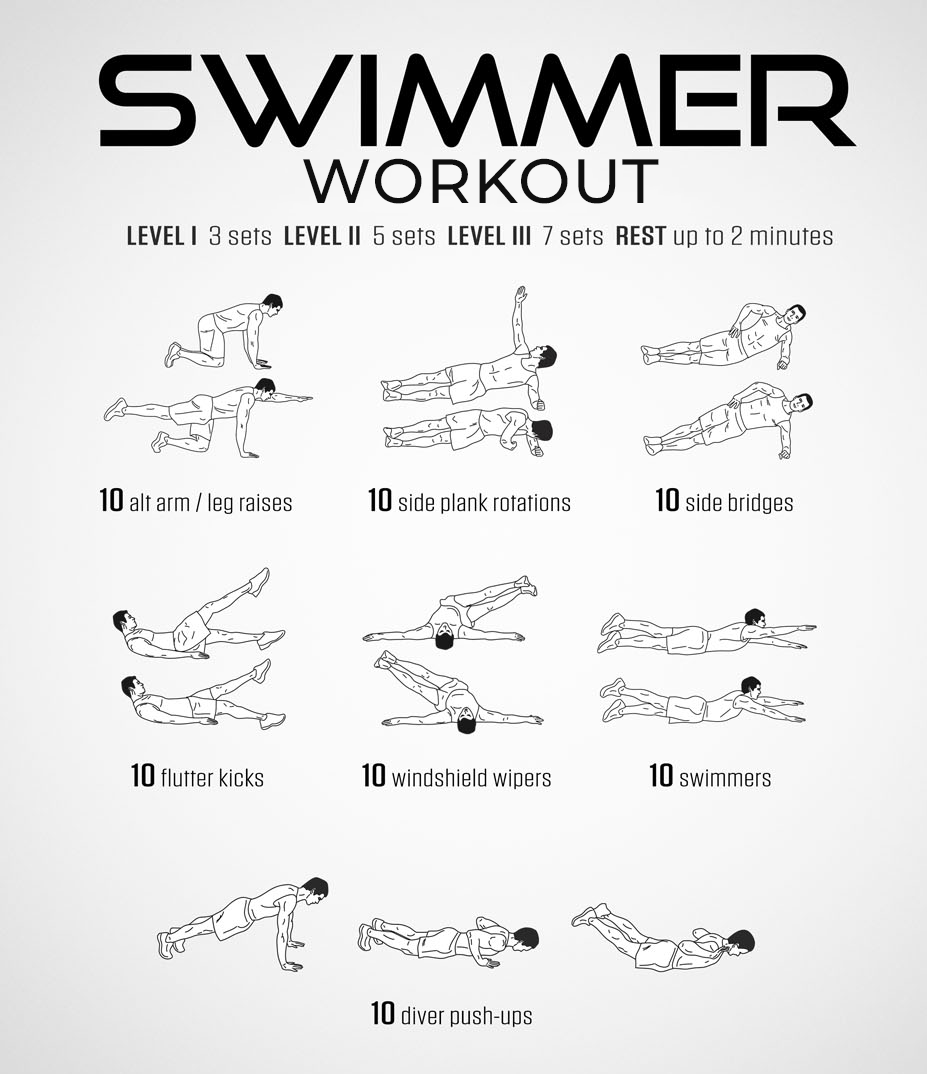
The Role of Proper Technique in Preventing Injuries
When it comes to swimming, the importance of mastering the correct technique cannot be overstated. Good swimming form not only improves your speed and efficiency but also plays a critical role in preventing injuries. Studies show that swimmers who use proper technique are less likely to suffer from overuse injuries, common in this sport.
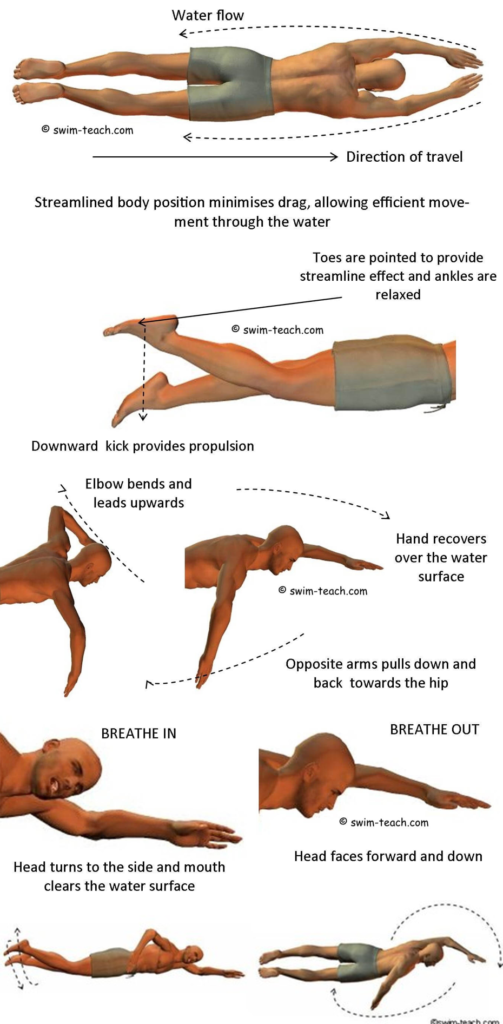
How Poor Technique Can Lead to Injuries
Conversely, poor swimming technique can lead to avoidable injuries. Incorrect form puts undue strain on specific muscles and joints, leading to conditions like swimmer’s shoulder or knee.
Tips for Improving Swimming Technique
- Get a Coach: Professional guidance can significantly improve your form.
- Use Swimming Drills: Drills can target specific aspects of your stroke.
- Continuous Practice: Regular training helps reinforce proper technique and builds muscle memory.
To enhance your understanding of swimming techniques and injury prevention, consider this infographic:
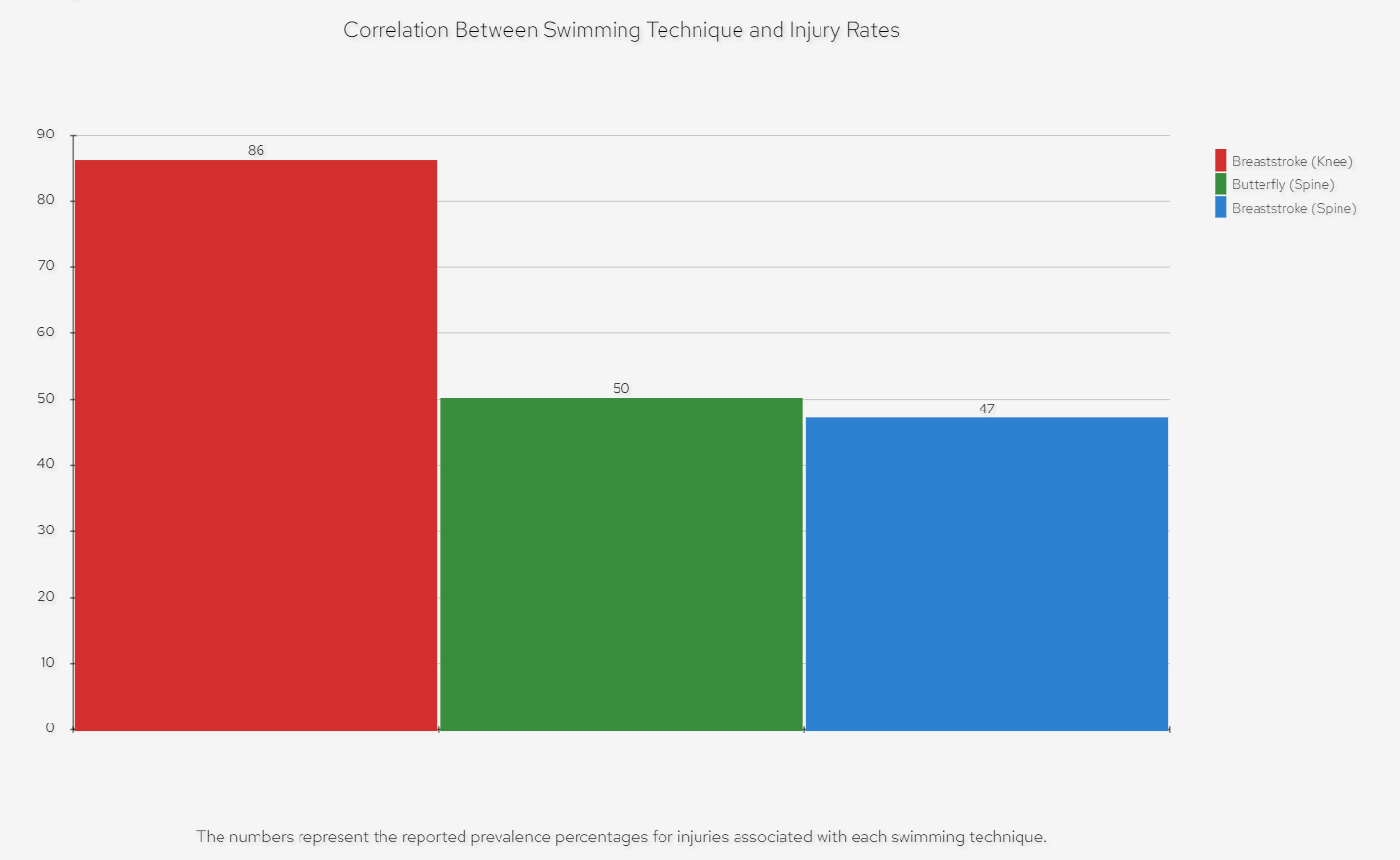
Noted Swimmers, who came back from Swimming Injuries
- Chelsea Hodges (Australia)
- Injury/Surgery: Underwent surgery (specific details not mentioned).
- Return: Made a post-surgery return at the QLD SC Championships.
- Source
- Emily Walgast
- Injury/Surgery: Had surgery on both her right and left shoulder.
- Return: Successfully returned to competitive swimming after the surgeries.
- Source
- Penny Oleksiak (Canada)
- Injury/Surgery: Underwent knee surgery.
- Return: Returned to the pool 9 months after the surgery.
- Source
- Petria Thomas (Australia)
- Injury/Surgery: Underwent multiple surgeries, including on her shoulders.
- Return: Made a successful comeback after her surgeries.
- Achievements Post-Surgery: Won three Olympic gold medals at the 2004 Athens Olympics, including an individual gold in the 100m butterfly.
- Source
The Importance of Warm-Up and Cool-Down Exercises
Integral to the prevention of swimming injuries, warm-up and cool-down exercises are key to ensuring your muscles are prepared for the exertion and recovery of swimming.
Recommended Warm-Up and Cool-Down Exercises for Swimmers
For swimmers, a well-rounded warm-up should include dynamic stretches to prime your muscles. Arm circles, leg swings, and torso twists are excellent choices.
Cool-down, on the other hand, should focus on slowing your heart rate and stretching your muscles to aid recovery. Gentle swimming and static stretches, such as the shoulder stretch and quadriceps stretch, are recommended.
Rehabilitation and Recovery from Swimming Injuries
Swimming, while low-impact, is not exempt from causing injuries. But don’t fret, recovery is entirely achievable with the right approach.
Common Treatments for Swimming Injuries
The most common treatments for swimming injuries include physical therapy, medication, and in some cases, surgery. Pain relievers and anti-inflammatory drugs are often prescribed for immediate relief. However, long-term recovery usually involves a combination of rest and rehabilitation.
The Importance of Rest and Recovery
Rest is essential for healing, as it allows the body to naturally repair damaged tissues. Moreover, gradual reintroduction to swimming prevents re-injury. Patience is key. Remember, recovery takes time.
Role of Physiotherapy and Other Rehabilitation Methods
Physiotherapy is crucial in rehabilitation from swimming injuries. It helps restore movement and function through exercises designed to strengthen muscles and improve flexibility. Other effective methods include hydrotherapy and massage therapy.

With the correct treatment and ample recovery time, bouncing back from swimming injuries is more than possible. As always, consult your healthcare provider for personalized advice.
Swimming Safely and Injury Prevention
Swimming is a remarkable full-body workout, and it’s imperative to prioritize safety to prevent injuries. Here are some key tips to ensure your swimming practices are safe and effective.
Tips for Safe Swimming Practices
Firstly, never swim alone. Always ensure a lifeguard is present or swim with a buddy. Follow the safety rules of the facility and use the correct swimming equipment.
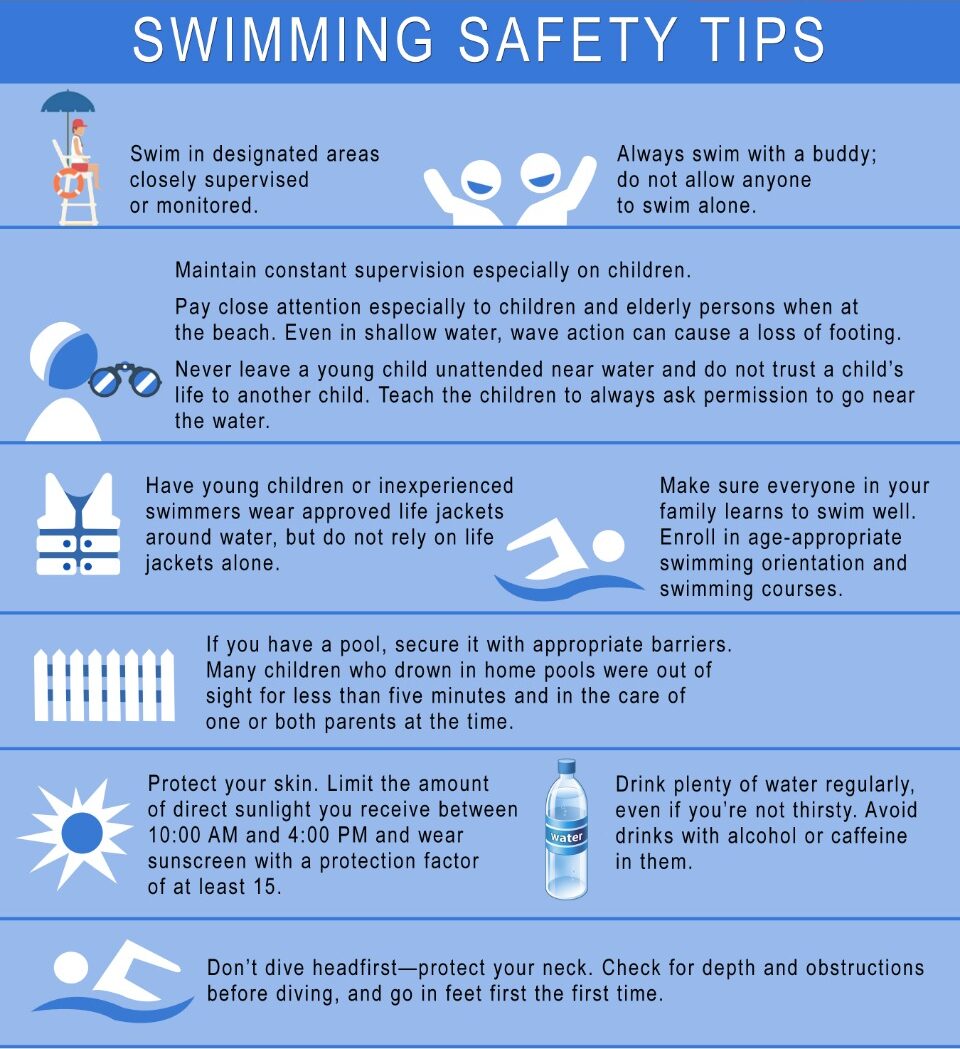
Importance of Regular Breaks and Rest Periods
Overexertion can lead to fatigue and muscle cramps, increasing the risk of drowning. Taking regular breaks allows the body to recover and helps maintain focus and energy levels.
Role of Strength Training and Conditioning in Injury Prevention
Strength training and conditioning can enhance swimming performance and help prevent injuries. Regular exercises focusing on core strength and flexibility, such as yoga and pilates, can be beneficial. A well-conditioned body is less prone to injuries.
Importance of Proper Nutrition and Hydration
Proper nutrition and hydration are critical for optimal performance and recovery. Swimmers should consume a balanced diet rich in lean proteins, fruits, vegetables, and complex carbohydrates. Hydration is also crucial to prevent dehydration and muscle cramps.
Navigating the Waters Safely
Swimming, while immensely beneficial, comes with its set of physical challenges. Recognizing and addressing these injuries is paramount, but the emphasis should always be on prevention. Proper technique, warm-ups, and cool-downs are essential. The journeys of swimmers like Chelsea Hodges, Emily Walgast, Penny Oleksiak, and Petria Thomas highlight the importance of timely medical intervention and the power of resilience. Safety and injury prevention are intertwined in swimming.
By embracing these insights, you can ensure a safer, more fulfilling experience in the pool. If faced with swimming-related concerns, remember that with the right approach and guidance, recovery is assured. For expert advice, the team at Medicine in Motion is here to assist.

Dr. Martha Pyron is a recognized sports medicine physician and the founder of Medicine in Motion, an Austin-based practice specializing in comprehensive medical care for active individuals and athletes. An active contributor to her field, she uses her extensive experience as a former collegiate athlete to aid her patients and develop innovative care strategies. Beyond her clinical practice, Dr. Pyron is known for her involvement in the local athletic community and her commitment to promoting health and fitness.


